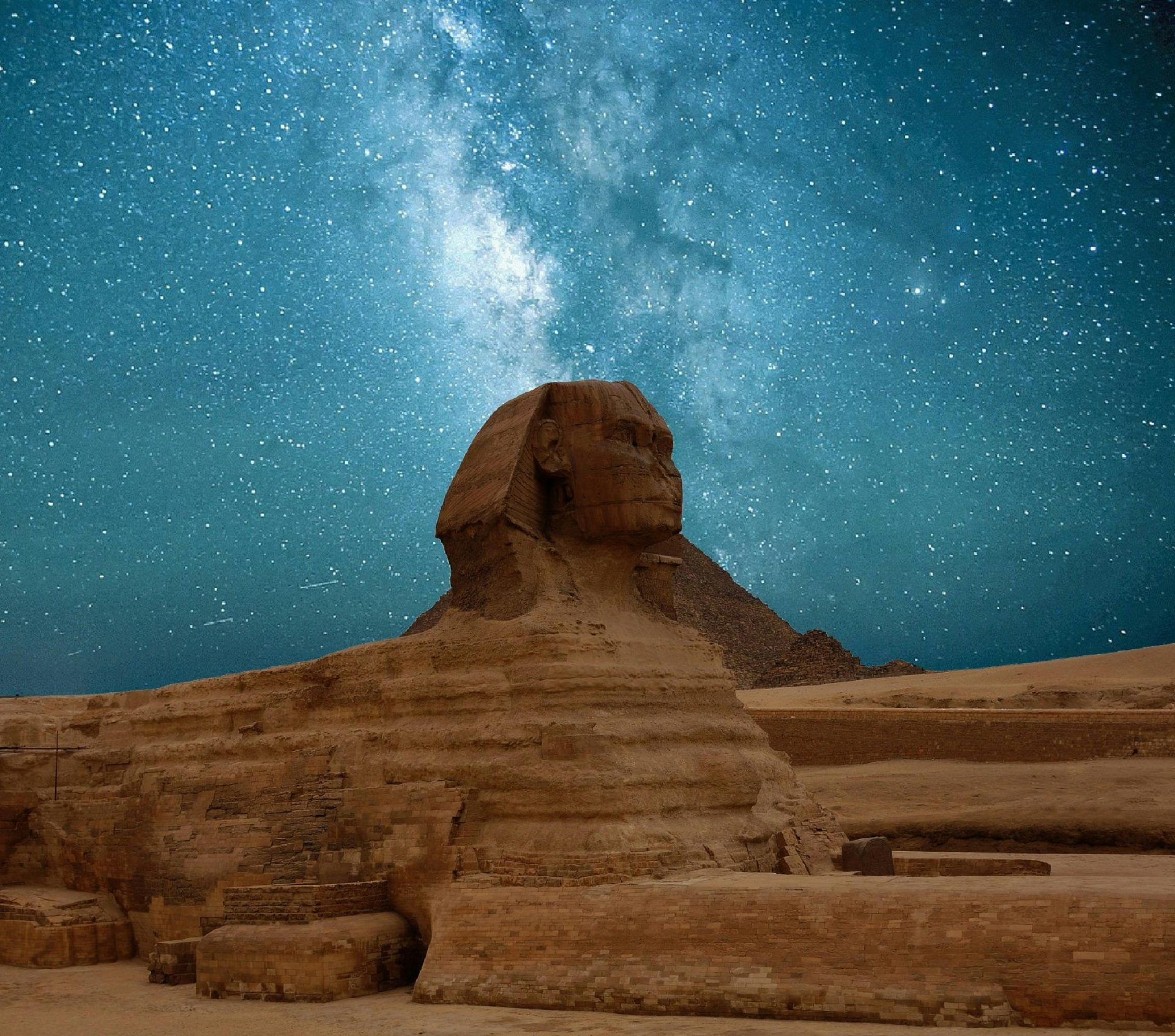Celestial Cycle: Understanding the Cosmic Shifts of 2012

Before diving in, please note: This post is for informational purposes only. If you’d like to know more about how we approach topics, feel free to check out our friendly Disclaimer Page.
Hey there, amazing readers! 🖐️ Just a quick note: yes, we know there are a lot of ads here. Trust us, we get it—it’s not the prettiest look, but they help us keep this blog alive and kicking. Those pesky little ads cover the costs of all the behind-the-scenes magic, from hosting and tech stuff to creating content we hope you’ll love.
We’re committed to delivering quality posts, and your support (even just sticking around despite the ads) means everything to us. So, bear with us, and thanks for helping us keep the good vibes rolling. Now, on to the fun stuff! 😉
TRANSLATE BUTTON AT THE END OF THE ARTICLE
Celestial Cycle: Understanding the Cosmic Shifts of 2012
Overview
The year 2012 was an extraordinary time for celestial events, capturing the attention and curiosity of astronomers, astrologers, and the general public alike.
It was marked by a series of rare and significant astronomical phenomena that fascinated people around the world.
From solar and lunar eclipses to planetary alignments and the mythological associations surrounding the Mayan calendar, there was much to learn and explore.
This article aims to provide a comprehensive understanding of the celestial cycle of 2012, discussing its astronomical, astrological, mythological, and scientific perspectives.
Introduction to Celestial Cycles and their Significance
Celestial cycles refer to the recurring patterns and movements of celestial bodies such as the Sun, Moon, and planets.
These cycles have been observed by civilizations throughout history and hold great significance in various cultures and belief systems.
The study of celestial cycles provides us with valuable insights into the workings of the universe and helps us understand the interconnectedness of celestial bodies with our daily lives.
Exploring the Astronomical Events of 2012
2012 witnessed a series of astronomical events that left a mark on our collective memory.
One of the notable events was the transit of Venus, which occurred on June 5-6, 2012.
This rare alignment happens when Venus passes directly between the Earth and the Sun, appearing as a small black dot crossing the Sun’s surface.
Another significant event was the transit of Mercury on November 11, 2012, where the smallest planet in our solar system passed in front of the Sun.
Solar and Lunar Eclipses: Unveiling the Celestial Phenomena
Eclipses are captivating celestial events that occur when the Sun, Moon, and Earth align.
In 2012, there were two solar eclipses and two lunar eclipses.
The first solar eclipse occurred on May 20-21, 2012, and was an annular eclipse, where the Moon partially covers the Sun, leaving a ring of light visible.
The second solar eclipse took place on November 13, 2012, and was a total eclipse, with the Moon completely blocking the Sun’s light.
The lunar eclipses of 2012 were equally mesmerizing.
The first lunar eclipse occurred on June 4, 2012, and was a partial eclipse, with only a portion of the Moon entering the Earth’s shadow.
The second lunar eclipse of the year happened on November 28, 2012, and was a penumbral eclipse, where the Moon passes through the outer part of Earth’s shadow, resulting in a subtle darkening of the Moon’s surface.
The Transits of Venus and Mercury: Rare Celestial Alignments
Transits of Venus and Mercury are rare events that occur when these planets align with the Earth and the Sun.
The transit of Venus, which occurs in pairs separated by eight years every 100+ years, was of particular significance in 2012.
This event held historical importance as it allowed astronomers to measure the distance between the Earth and the Sun accurately.
The transit of Mercury, although less known, is also a fascinating celestial occurrence.
It happens around 13 times per century and provides astronomers with an opportunity to study the planet’s atmosphere and composition.
Both transits of Venus and Mercury in 2012 were exciting opportunities to witness these rare celestial alignments and expand our knowledge of the solar system.
Aligning Planets: The Grand Planetary Conjunction in 2012
In 2012, a grand planetary conjunction occurred, captivating skywatchers around the globe.
This event involved the alignment of the planets Venus, Jupiter, and the Moon, creating a stunning celestial spectacle.
The conjunction was visible to the naked eye and served as a reminder of the beauty and harmony of the celestial bodies.
Such alignments offer a unique opportunity to observe the interconnectedness and precision of the cosmic dance.
The Mysterious Mayan Calendar and its Connection to Celestial Events
The Mayan calendar has long fascinated both scholars and the public, especially in relation to the year 2012.
According to some interpretations, the Mayan Long Count calendar marked the end of an era, leading to speculation about a cataclysmic event or a major shift in consciousness.
However, many experts argue that the Mayan calendar was just a cyclical system, akin to our modern calendars, and its end simply signified the start of a new cycle.
While the Mayan calendar does not provide concrete predictions about celestial events, it does reflect the Mayan civilization’s deep understanding of astronomical phenomena.
The intricate and accurate calendrical system developed by the Maya demonstrates their keen observation of celestial cycles and their significance in marking time.
Solar Maximum and its Impact on Earth’s Atmosphere in 2012
The year 2012 coincided with the peak of the Sun’s 11-year solar cycle, known as the solar maximum.
During this period, the Sun experiences heightened activity, including increased sunspots, solar flares, and coronal mass ejections.
These solar events can have repercussions on Earth, affecting our planet’s magnetic field, ionosphere, and even technological infrastructure.
In 2012, scientists closely monitored the solar maximum and its potential impacts, highlighting the importance of understanding these cosmic shifts.
Astrological Perspective: Zodiacal Significance of 2012 Shifts
From an astrological standpoint, celestial events in 2012 held great significance.
Astrologers believe that the positioning and alignment of celestial bodies can influence individual and collective human experiences.
The celestial events in 2012, including eclipses and planetary alignments, were seen as catalysts for personal and societal transformations.
Astrologers studied these events in relation to the zodiac signs to gain insights into the potential energetic shifts and their impact on different aspects of life.
Mythology and Folklore: Interpretations of Celestial Cycles
Throughout history, celestial cycles have often been woven into the tapestry of mythology and folklore.
Different cultures have developed their own interpretations of celestial events, associating them with gods, goddesses, and significant events.
For example, eclipses were often seen as omens or supernatural battles between celestial beings.
Understanding the mythological interpretations of celestial cycles adds a rich layer of cultural significance and storytelling to our understanding of these cosmic shifts.
Scientific Perspectives: Understanding the Cosmic Shifts
Scientists approach celestial cycles from a scientific perspective, focused on observation, analysis, and understanding of physical phenomena.
Through advanced instruments and rigorous research, scientists have unraveled the mysteries behind celestial events and their impact on our planet and universe.
By studying celestial cycles, scientists gain valuable insights into the fundamental laws of physics, the origins of the universe, and the mechanisms that govern our cosmic environment.
Conclusion
The celestial cycle of 2012 offered a unique opportunity to witness and understand the intricate workings of our universe.
From rare planetary alignments and transits to solar and lunar eclipses, the year was filled with extraordinary celestial events.
The significance of these cosmic shifts extended beyond astronomy, encompassing astrological, mythological, and scientific perspectives.
By exploring these various dimensions, we gain a deeper appreciation for the interconnectedness of celestial bodies and their impact on our lives.
The legacy of the 2012 celestial cycle continues to inspire curiosity and fuel our exploration of the cosmos.

The Enlightenment Journey is a remarkable collection of writings authored by a distinguished group of experts in the fields of spirituality, new age, and esoteric knowledge.
This anthology features a diverse assembly of well-experienced authors who bring their profound insights and credible perspectives to the forefront.
Each contributor possesses a wealth of knowledge and wisdom, making them authorities in their respective domains.
Together, they offer readers a transformative journey into the realms of spiritual growth, self-discovery, and esoteric enlightenment.
The Enlightenment Journey is a testament to the collective expertise of these luminaries, providing readers with a rich tapestry of ideas and information to illuminate their spiritual path.
Our Diverse Expertise 🌟
While our primary focus is on spirituality and esotericism, we are equally passionate about exploring a wide range of other topics and niches 🌍📚. Our experienced team is dedicated to delivering high-quality, informative content across various subjects ✨.
To ensure we provide the most accurate and valuable insights, we collaborate with trusted experts in their respective domains 🧑🏫👩🏫. This allows us to offer well-rounded perspectives and knowledge to our readers.
Our blog originally focused on spirituality and metaphysics, but we’ve since expanded to cover a wide range of niches. Don’t worry—we continue to publish a lot of articles on spirituality! Frequently visit our blog to explore our diverse content and stay tuned for more insightful reads.





